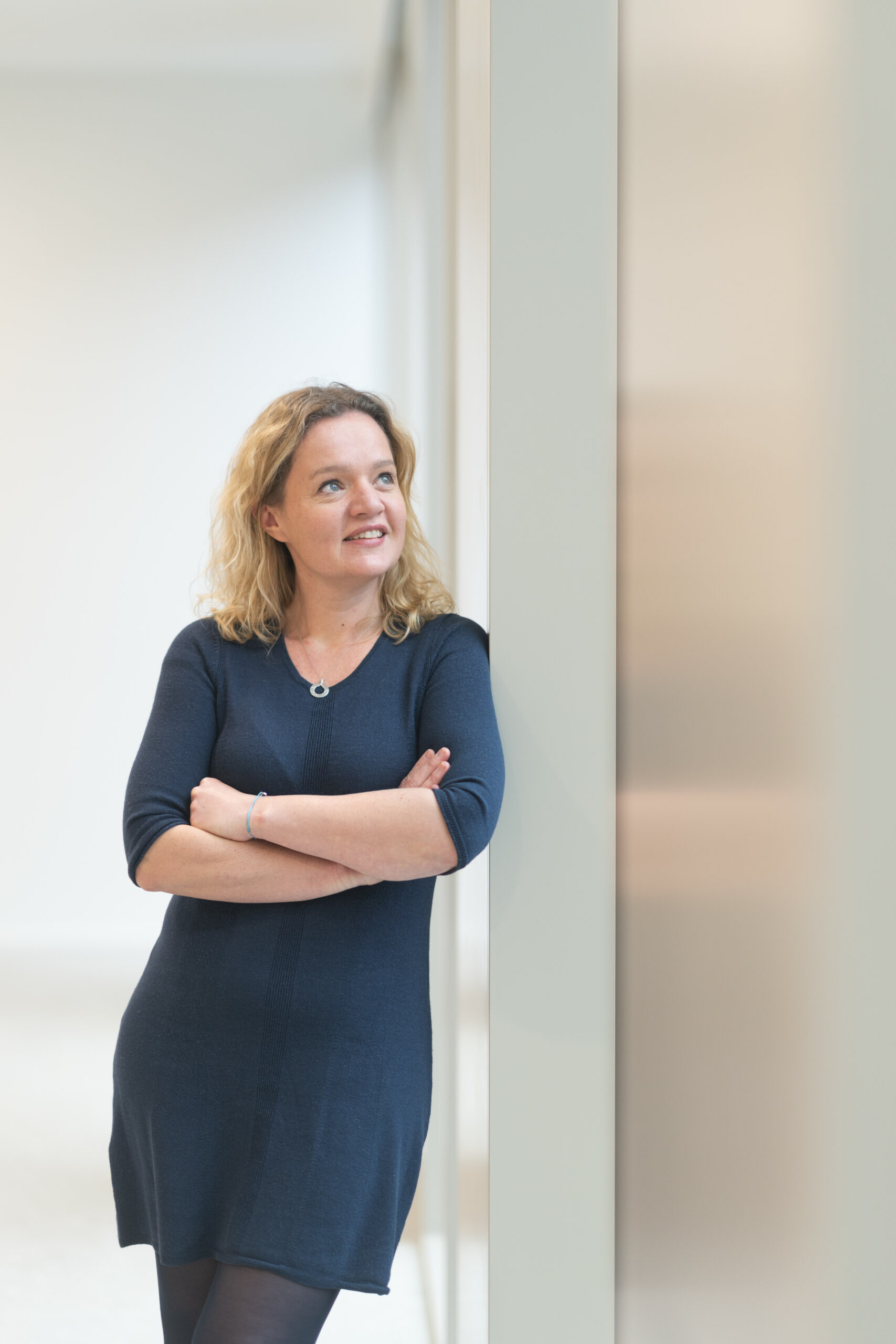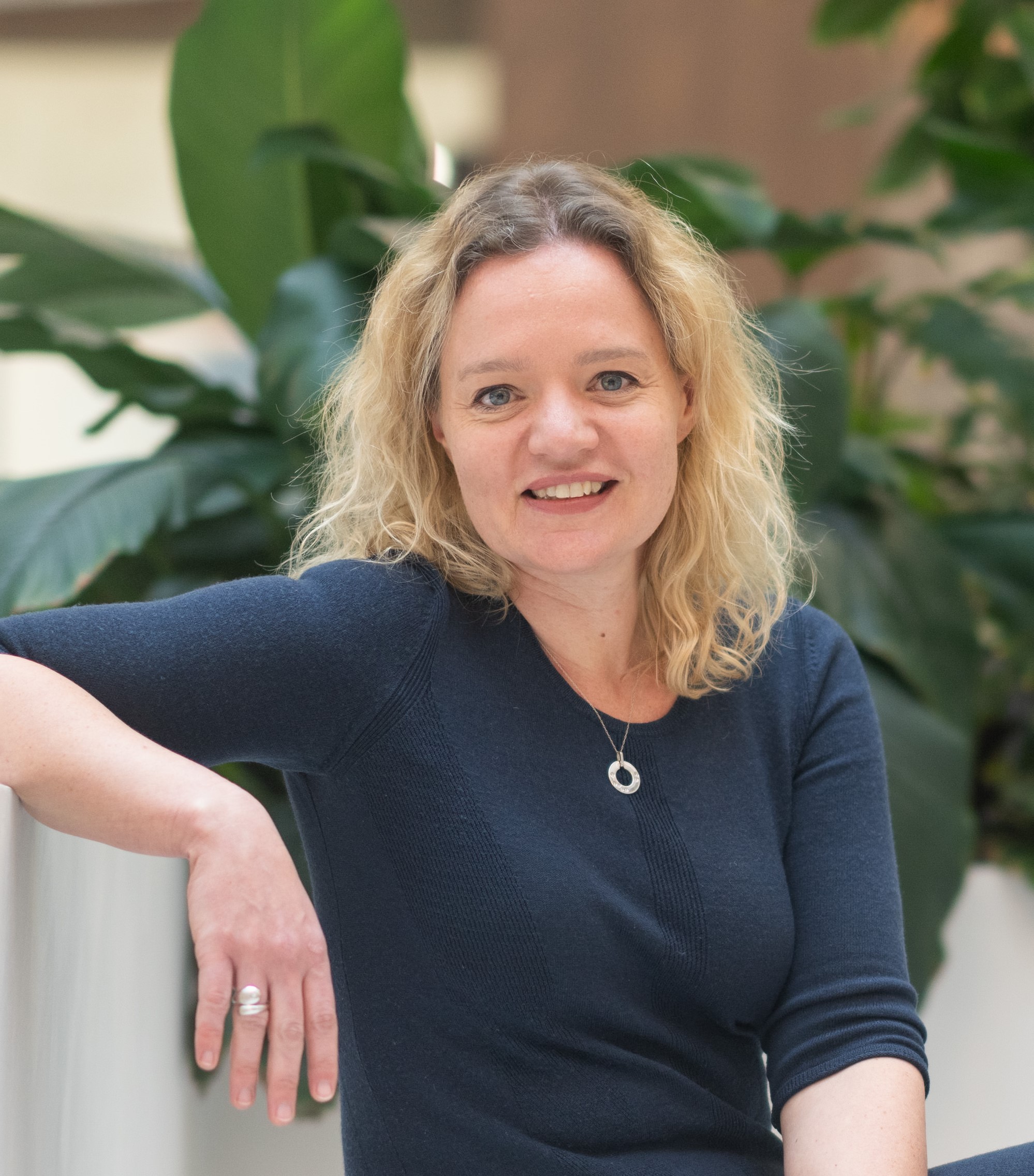Optioneel
Navigating Growth through Human Capital
Tuesday 28th of May 2024
When companies grow, merge with or acquire others, this brings about change and at times uncertainty for their workforce. Adding yet another challenge to growth. As Head of Human Capital at Customer Collective, a steadily expanding group of marketing and technology companies, Stéphanie Duchemin has ample experience with both this challenge and how to address it.
Customer Collective’s member companies cover multiple critical domains for today’s business leaders: strategy, digital, technology, data, and creative & performance. Stéphanie Duchemin is Head of Human Capital, but “what’s in a name” she says. “I focus on talent development. The aim is to help our people shine and flourish and nurture them”. And because Stéphanie does this at a group level, this involves building the synergies between the different entities and integrating new ones that join Customer Collective’s story.
Engaged and reassured
This means that Stéphanie can relate to a lot of ambitious and growing SME’s. “Our business may be completely different but we face many of the same challenges” she explains. “First there’s the war for talent, making attracting the best people increasingly harder. Secondly: how to structure such an expanding company and manage that growth? And finally: how do you keep your people both engaged through the changes inherent to growth? Customer Collective’s approach to addressing these challenges is deeply interconnected and rooted in the building of strong entities.
“Customer Collective made the conscious choice to build both a strong group and strong group entities, each with their own branding, DNA, and culture. “An approach that has its own challenges” admits Stéphanie, “but also with huge benefits. For example, if I were a data engineer, working at addData would make the most sense for me. I’d prefer working alongside other like-minded data guys and girls. So, I can learn from them, hone my expertise, and grow professionally and enjoy the ride. This would somewhat dilute if addData were absorbed completely in Customer Collective, even if this wouldn’t change the actual content of my job.
The Us-vs-Them pitfall
Stéphanie talks about allowing people to be part of their tribe, to embrace their own culture. “Pushing everybody into the same mold doesn’t really work. One imposed culture that fits all is ultimately an illusion”. So how does she prevent the counter-productive pitfall of ‘us vs them’ pitfall? “You could say that our people regard their entity as their first name and the group as their surname. This of course implies that as group you need to create a strong identity. One that stands for more than just a compilation of different entities. Not an easy thing to do, especially when the group keeps growing and new entities join”.
One way Customer Collective avoids intra-group competition is by having part of the commercial team that’s active on the group level. Stéphanie elaborates: “that means that if I’m a client, I have a one contact person that manages the complexity of finding the right entity in the group and the right profiles to help me. This can also be a tailormade combination of several entities and profiles. So our teams don’t work against but with each other, which further reinforces the group identity. The feedback we get from our consultants working on projects involving several entities in the group is always outspokenly positive: the opportunity to cooperate with experts from other fields and cultures gives a boost in their professional growth.
Everybody wins
An added benefit is that when specialists from Customer Collective’s different entities work together on a project, they’re still working with colleagues. “Experts from two different agencies or companies ‘forced’ to work together are far less inclined to invest time and effort into sharing knowledge or even simply explaining something”, Stéphanie states. “In this, I’m 100% convinced that one plus one equals three. It’s just a completely different mindset, where everybody wins: the client, the expert and the group”.
Still, not everybody will be working alongside colleagues from other entities. Making creating and maintaining a sense of group identity in their day to day more of a challenge. One way to tackle this is through shared training of soft skills. Stéphanie offers communication as an example. “Whether you’re a data scientist, a growth expert or a marketing automation expert, you need to communicate effectively to create impact at your client, right?”
Reassurance in change
Growth means change and change can be a disruptor. “When new entities join Customer Collective, it’s important for all parties to feel relevant and secure in the new structure”, Stéphanie stresses. “This starts with selecting candidate entities that share our values and vision, taking away a first potential hurdle. Then there’s the fact that the the management team of the acquired company stays on, providing both continuity and reassurance. Also typically, the entity gets to keep its name, which is part of its identity.
And then there’s the advantages that a group can offer more easily. “For instance, a cafeteria plan is not something you will readily see set up in an agency with 20 employees” Stephanie points out. “But for us it’s definitely worthwhile and easily expanded to all future entities joining us. It makes the added value of joining a larger group very tangible for employees of newly acquired entities. It’s just one of the many ways we learned to create the appeal necessary for growth, while keeping this growth beneficial for everyone.”

“Customer Collective made the conscious choice to build both a strong group and strong group entities, each with their own branding, DNA, and culture. An approach that has its own challenges but also with huge benefits.”
Stephanie Duchemin, Human Capital Customer Collective

Customer Collective – Human Capital